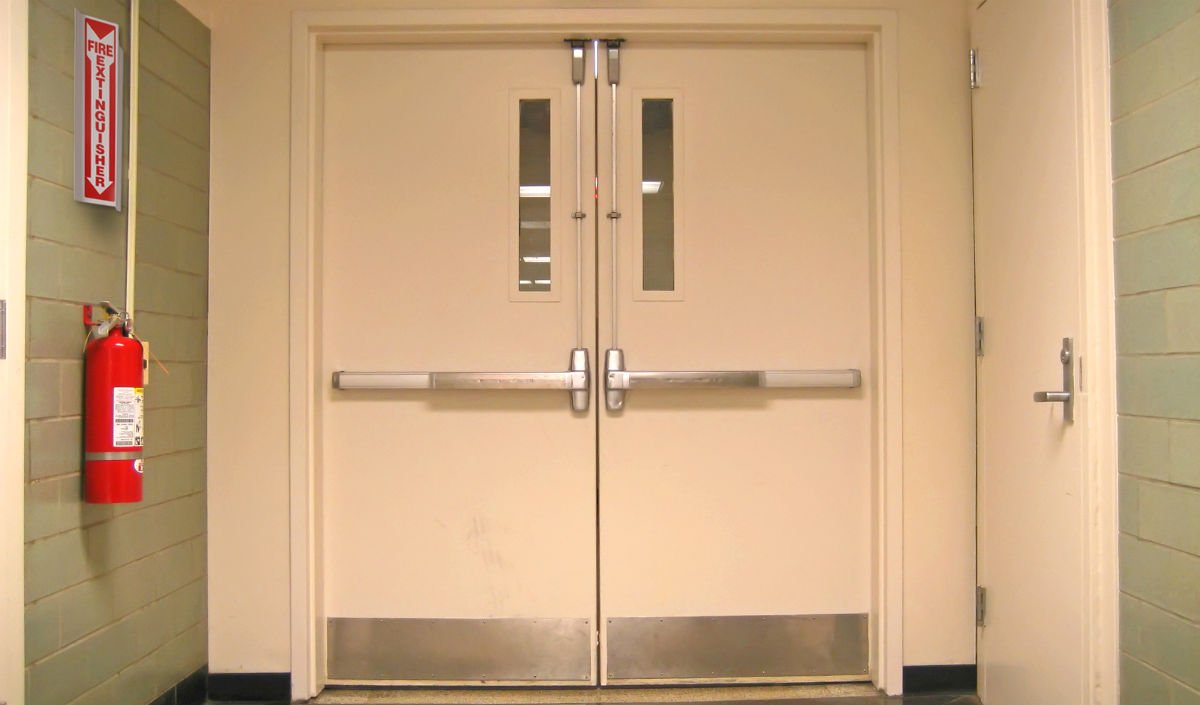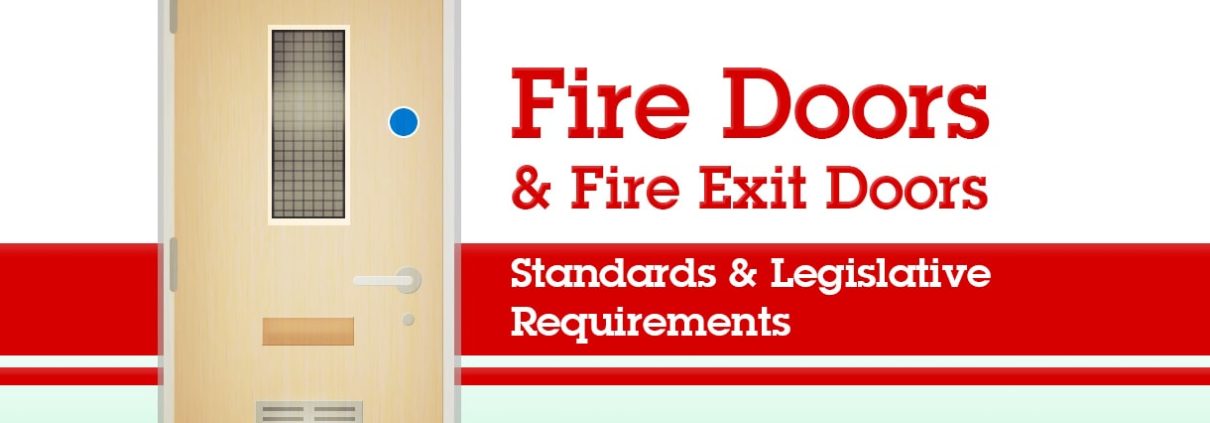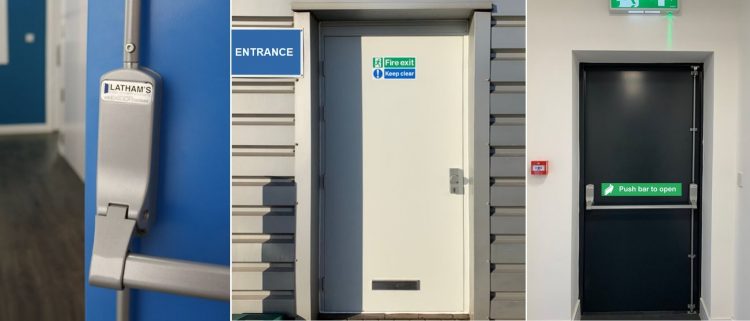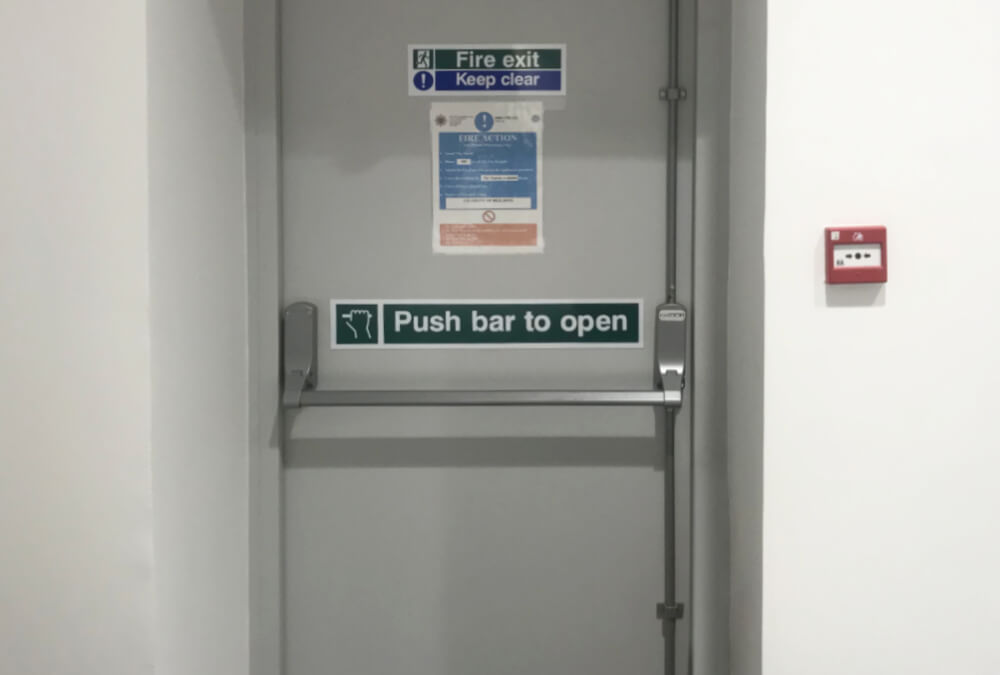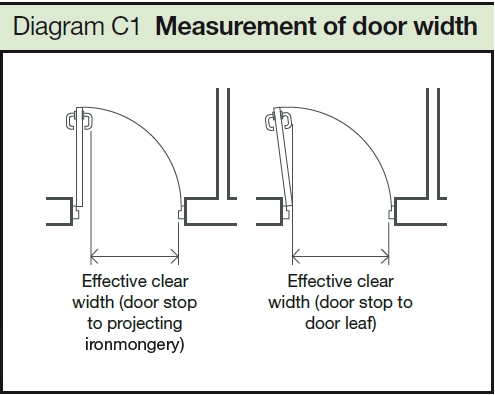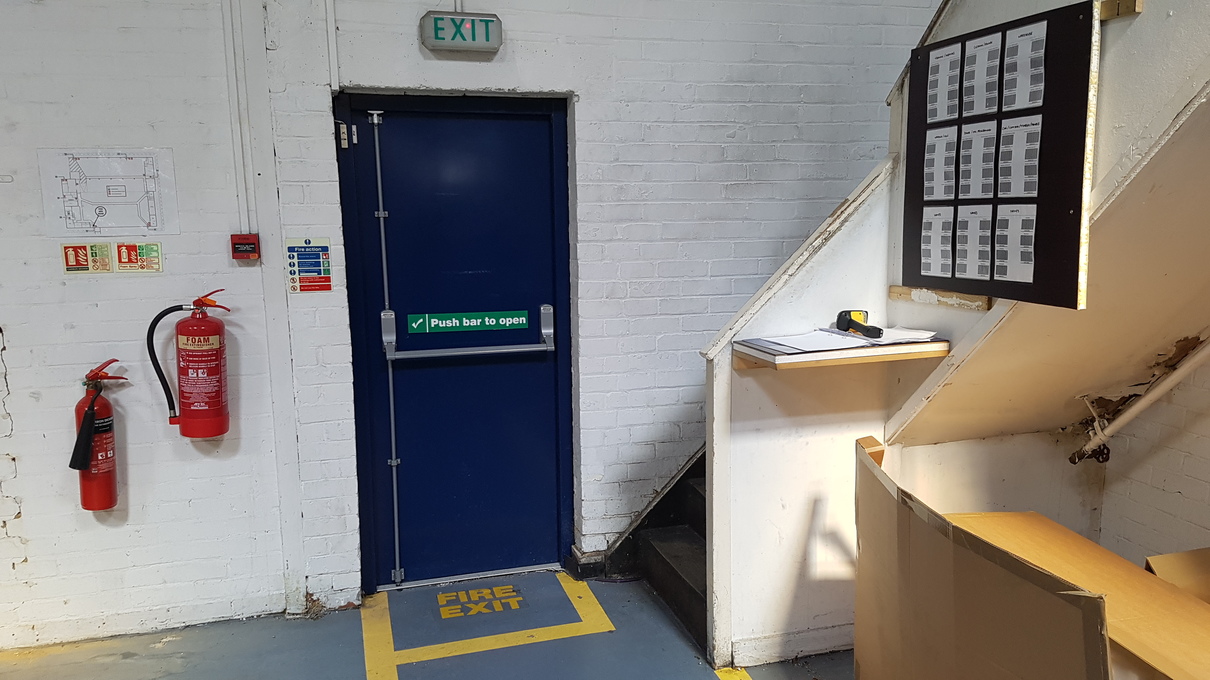Fire Exit Door Regulations Uk

A guide to fire door regulations.
Fire exit door regulations uk. The regulations apply to thermal performance and other areas such as safety air supply means of escape and ventilation. It replaces fire certification under the fire precautions act 1971 with a general duty to ensure so far as is reasonably practicable the safety of employees a general duty in relation to non employees to take such fire precautions as may reasonably be required in the circumstances to ensure that premises are safe. Contrary to what some might believe there is a difference between fire doors and fire exit doors. Fire doors are inside buildings residential and commercial and are internal doors that need to be kept closed in order to stop the spread of fire between different areas of a building.
A fire door is a fantastic safety precaution that can help keep your employees safe and minimise the damage a fire can cause to your property. To help us improve gov uk we. Building regulations for fire safety in residential homes including new and existing dwellings flats residential accommodation schools colleges and offices. This order reforms the law relating to fire safety in non domestic premises.
Current building regulations contain guidance on the widths of escape routes and exits for new build non domestic properties and the communal areas in purpose built blocks of flats in the building regulations 2010 fire safety approved document b volume 2 buildings other than dwellinghouses 2006 edition incorporating amendments up. Tests are being carried out according to building regulations guidance which states that fire. The nfpa emergency exit door requirements code states there is a maximum travel distance allowed to find an exit. Whereas a fire door is an internal door designed to compartmentalise a section of a building in the event of a fire and or protect an escape route through it for a minimum length of time typically 30 minutes fd30 it is not necessary for a fire exit door at the end of the escape route to be of fire resisting standard or to be kept closed.
Fire doors are being tested to the standard they are being marketed at in an accredited test facility. In the majority of premises local fire and rescue authorities are responsible for enforcing this fire safety legislation. In scotland requirements on general fire safety are covered in part 3 of the fire scotland act 2005 supported by the fire safety scotland regulations 2006. An external window or door is a controlled fitting under the building regulations and as a result of this classification these regulations set out certain standards to be met when such a window or door is replaced.
